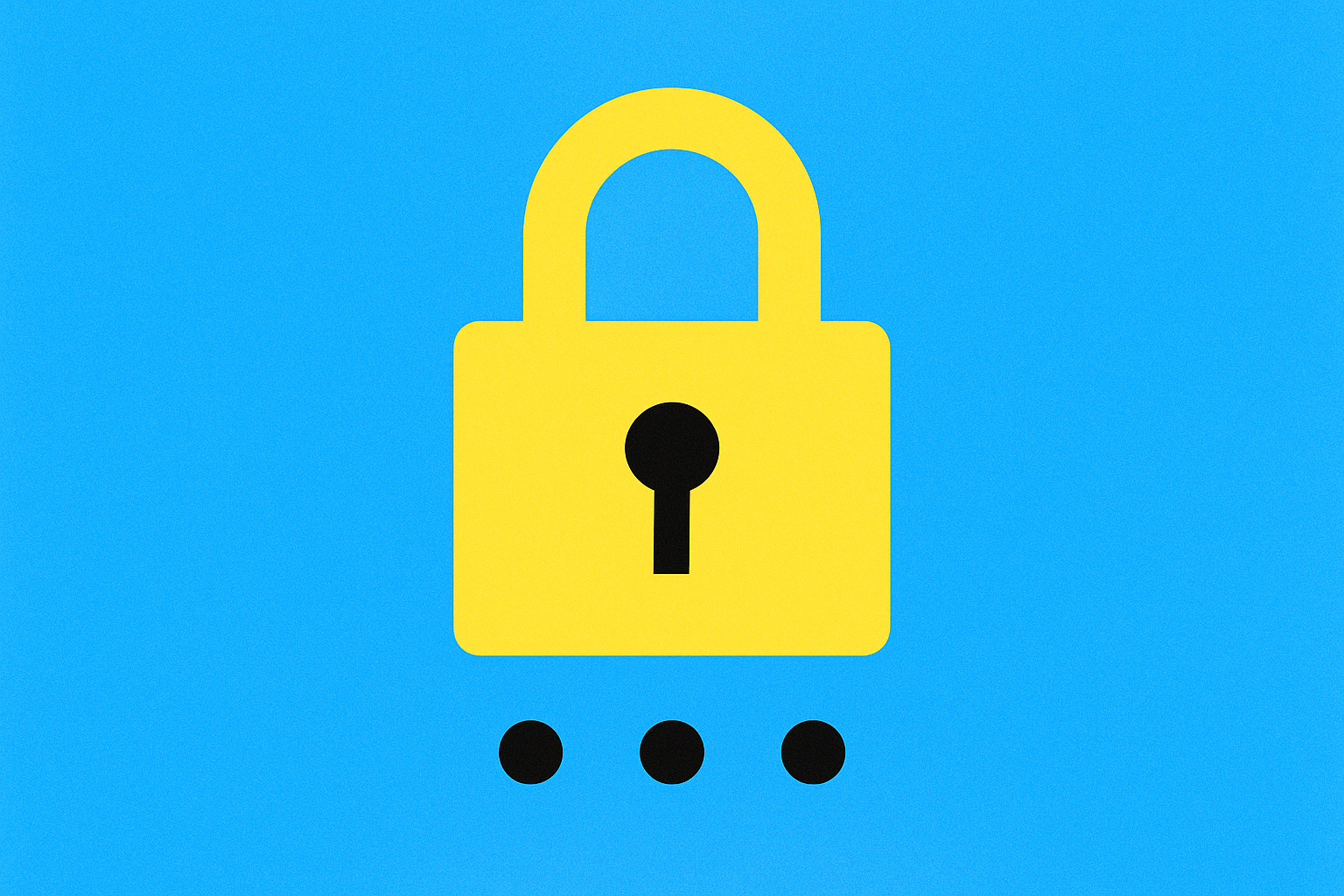dsa algorithm

DSA (Digital Signature Algorithm) is a cryptographic algorithm specifically designed for creating digital signatures, aimed at verifying data integrity, authenticity, and non-repudiation. As an important representative of asymmetric encryption technology, DSA allows users to generate signatures using a private key, while anyone can verify the validity of signatures using the corresponding public key. In the blockchain and cryptocurrency domain, DSA plays a crucial role in ensuring transaction security, identity authentication, and message integrity, providing the necessary foundation of trust for decentralized networks.
Background: Origin of the DSA Algorithm
The DSA algorithm was proposed in 1991 by the National Institute of Standards and Technology (NIST) and became a Federal Information Processing Standard (FIPS 186) in 1994. The algorithm was developed to provide a secure digital signature mechanism for government communications, replacing earlier signing algorithms like RSA. DSA's design is based on the ElGamal signature algorithm and further incorporates security based on the discrete logarithm problem.
The development timeline includes:
- 1991: NIST first proposed the DSA draft
- 1994: Officially became the FIPS 186 standard
- 2000: Upgraded to FIPS 186-2 with enhanced security parameters
- 2009: Further upgraded to FIPS 186-3, supporting longer keys
- 2013: Latest version FIPS 186-4 released with additional security considerations
Before cryptocurrencies emerged, DSA was widely used in SSL/TLS, email security protocols (like PGP), and various government systems. The advent of blockchain technologies like Bitcoin further expanded the application scenarios for digital signature technologies. Although Bitcoin itself uses ECDSA (Elliptic Curve Digital Signature Algorithm, a variant of DSA), the fundamental principles of DSA remain the theoretical foundation for many blockchain signature mechanisms.
Work Mechanism: How DSA Algorithm Functions
The DSA algorithm workflow consists of three key steps: parameter generation, signature generation, and signature verification.
Key generation process:
- Select a large prime number p (typically 1024 bits or longer)
- Select a small prime number q (typically 160 bits) such that q divides (p-1)
- Choose a number g with order q
- Randomly select an integer x (0 < x < q) as the private key
- Calculate y = g^x mod p as the public key
- The public key is (p, q, g, y), and the private key is x
Signature generation process:
- Calculate the hash value h = H(M) for message M, typically using the SHA family of algorithms
- Generate a random number k (0 < k < q)
- Calculate r = (g^k mod p) mod q
- Calculate s = (k^(-1) * (h + x*r)) mod q
- The digital signature is the pair (r, s)
Signature verification process:
- Verify that 0 < r < q and 0 < s < q, otherwise the signature is invalid
- Calculate w = s^(-1) mod q
- Calculate u1 = (H(M) * w) mod q
- Calculate u2 = (r * w) mod q
- Calculate v = ((g^u1 * y^u2) mod p) mod q
- If v = r, the signature is valid
DSA's security relies on the computational difficulty of the discrete logarithm problem, meaning that given g, p, and y, it's very difficult to calculate the private key x. This aligns closely with blockchain technology's security assumptions, making it the theoretical foundation for many cryptocurrency signature mechanisms.
What are the risks and challenges of DSA Algorithm?
Despite DSA algorithm's widespread use in cryptography and blockchain domains, it still faces several inherent risks and challenges:
Security concerns:
- Random number generation issues: If the random number k used in the signing process is flawed or reused, it could lead to private key exposure. Sony PlayStation 3 in 2010 exposed its ECDSA private key due to improper random number generation.
- Quantum computing threat: Theoretically, quantum computers can effectively solve the discrete logarithm problem, which would make DSA-based signature systems vulnerable.
- Parameter selection risks: If algorithm parameters p, q, g are chosen improperly, system security could be compromised.
Technical limitations:
- Signature size: Compared to some modern signature schemes, DSA signatures are relatively large, potentially creating overhead in resource-constrained blockchain environments.
- Computational performance: DSA's signing and verification processes are computationally intensive, which may become a performance bottleneck in high-frequency transaction scenarios.
- Key management complexity: Once a DSA private key is compromised, all related signatures become insecure, making key management particularly critical in blockchain environments.
In blockchain practice, there have been multiple incidents of asset losses due to improper implementation of signature algorithms or random number generation issues. For example, in 2013, Android Bitcoin wallets experienced a random number generation vulnerability that led to stolen funds. These incidents highlight the importance of correctly implementing DSA-class algorithms and strengthening key protection measures.
DSA algorithm applications in the cryptocurrency field are gradually being partially replaced by more modern signature schemes (such as Ed25519, Schnorr signatures, etc.), which offer better performance, smaller signature sizes, or stronger security guarantees. Nevertheless, the core principles of DSA continue to influence the development direction of blockchain signature technologies.
Digital Signature Algorithm (DSA) is one of the foundational security mechanisms in modern cryptocurrency and blockchain ecosystems. It not only ensures the authenticity and integrity of transactions but also provides non-repudiation guarantees for decentralized systems. From Bitcoin transaction signatures to smart contract identity verification, DSA principles permeate the entire blockchain technology stack. Although the original DSA algorithm has been replaced by its variants or newer signature schemes in some application scenarios, its core concepts remain the cornerstone of blockchain security. As new technologies like quantum computing develop, the cryptographic community is actively researching post-quantum signature algorithms to ensure digital assets remain secure in the future. Understanding how DSA works, its advantages, and limitations is essential for any blockchain developer and cryptocurrency user.
Share
Related Articles

Blockchain Profitability & Issuance - Does It Matter?

False Chrome Extension Stealing Analysis
